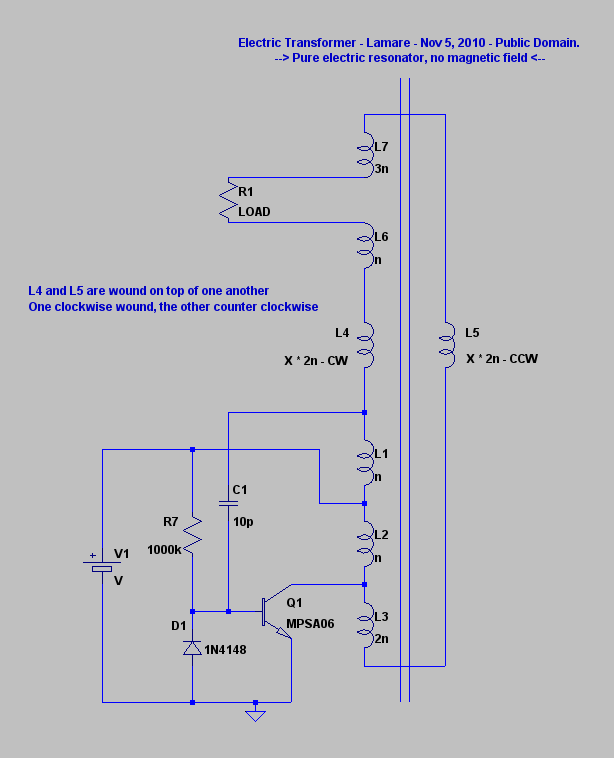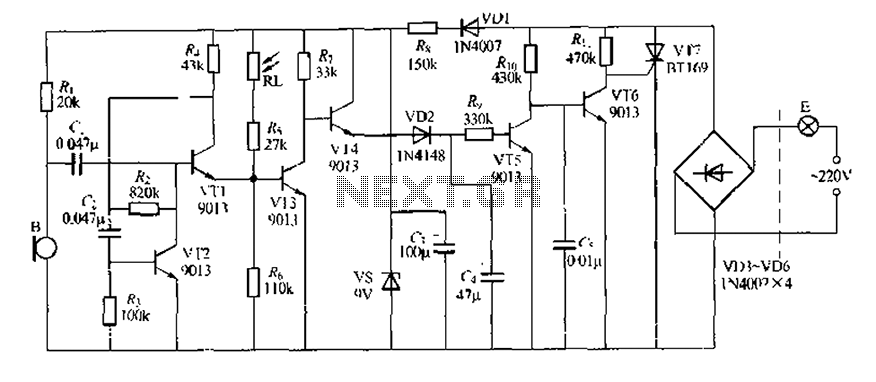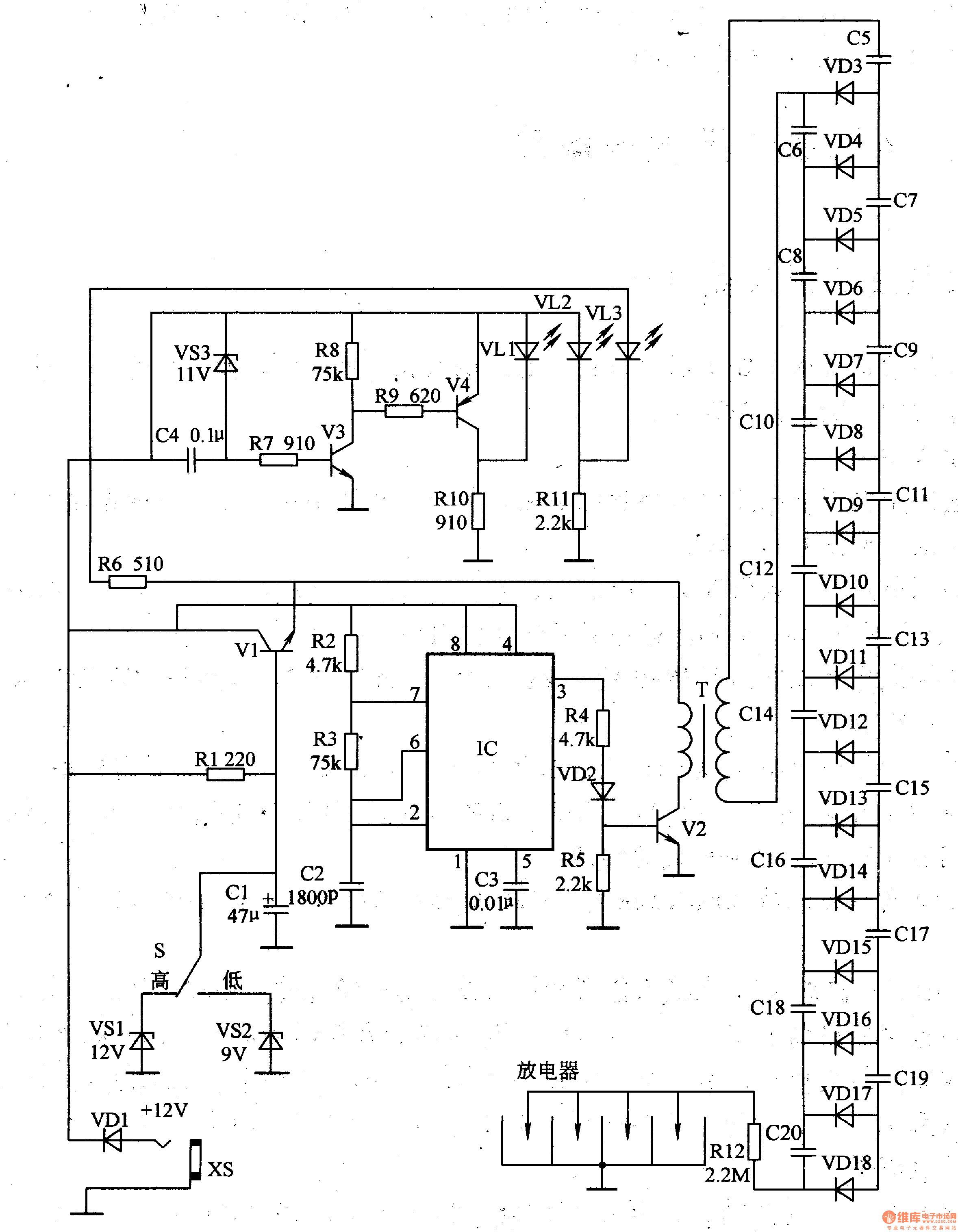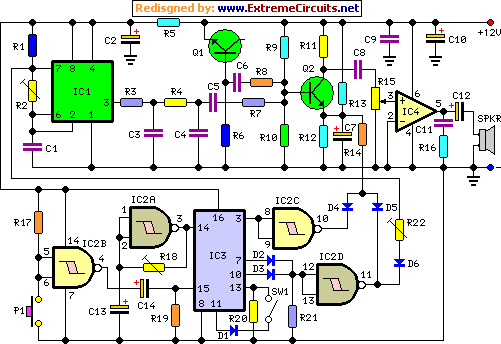
cuckoo sound generator
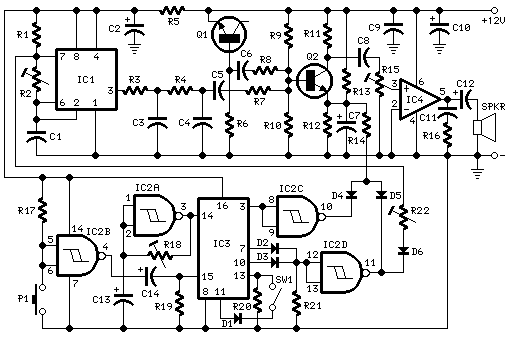
This circuit generates a two-tone effect similar to the sound of a cuckoo. It can be utilized for doorbells or other applications due to its integrated audio amplifier and loudspeaker.
The circuit is designed to produce a distinctive two-tone sound, replicating the characteristic call of a cuckoo. This effect is achieved through a combination of oscillators that generate two different frequencies. The output of these oscillators is mixed to create the desired sound effect.
The circuit typically includes a microcontroller or a dedicated tone generator IC, which is programmed or configured to produce the specific frequencies required for the two-tone effect. The frequencies are usually set to be harmonically related to ensure a pleasant auditory experience.
An audio amplifier is integrated into the circuit to boost the output signal, driving a loudspeaker effectively. The amplifier circuit may consist of a transistor or operational amplifier configured in a suitable gain configuration to ensure that the sound is audible even in noisy environments.
Power supply considerations are also crucial; the circuit may operate from standard battery voltages or a regulated power supply, ensuring reliable operation. Additionally, the circuit may include components such as resistors, capacitors, and diodes to filter noise, stabilize the oscillators, and provide protection against reverse polarity.
Overall, this two-tone generator circuit is versatile and can be adapted for various applications beyond doorbells, including alerts, notifications, or decorative sound effects in electronic projects.This circuit generates a two-tone effect very much alike the cuckoo sound. It can be used for door-bells or other purposes thanks to a built-in audio amplifier and loudspeaker.. 🔗 External reference
The circuit is designed to produce a distinctive two-tone sound, replicating the characteristic call of a cuckoo. This effect is achieved through a combination of oscillators that generate two different frequencies. The output of these oscillators is mixed to create the desired sound effect.
The circuit typically includes a microcontroller or a dedicated tone generator IC, which is programmed or configured to produce the specific frequencies required for the two-tone effect. The frequencies are usually set to be harmonically related to ensure a pleasant auditory experience.
An audio amplifier is integrated into the circuit to boost the output signal, driving a loudspeaker effectively. The amplifier circuit may consist of a transistor or operational amplifier configured in a suitable gain configuration to ensure that the sound is audible even in noisy environments.
Power supply considerations are also crucial; the circuit may operate from standard battery voltages or a regulated power supply, ensuring reliable operation. Additionally, the circuit may include components such as resistors, capacitors, and diodes to filter noise, stabilize the oscillators, and provide protection against reverse polarity.
Overall, this two-tone generator circuit is versatile and can be adapted for various applications beyond doorbells, including alerts, notifications, or decorative sound effects in electronic projects.This circuit generates a two-tone effect very much alike the cuckoo sound. It can be used for door-bells or other purposes thanks to a built-in audio amplifier and loudspeaker.. 🔗 External reference
